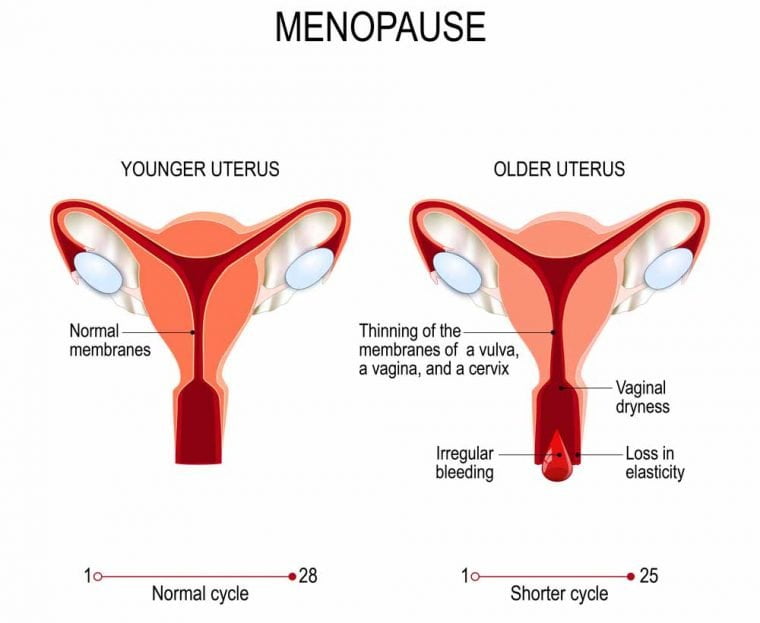Menopause is a phase in a woman’s life when her reproductive organs undergo a series of changes which make ovulation cease and, as a consequence, menstruation stops altogether. All women go through menopause, with the majority experiencing this phase around the ages of 45 to 52 years of age.
Menopause is a normal and perfectly natural process and nothing to become overtly concerned about. However, it presents women with a series of side effects and symptoms, some of which can be challenging to adapt to.
There are three main phases that characterize this transitional period in a woman’s life:
Perimenopause: Can last anywhere from 4 to 10 years.
Menopause: Symptoms last on average 2 to 4 years.
Postmenopause: Some syptoms ease up during the postmenopausal years; however, new clinically significant symptoms arise.
The exact length and symptomatology of each of these periods can vary from one woman to the next. However, there are symptoms which affect all menopausal women.
In the transition from perimenopause to menopause and beyond the signs and symptoms that are most commonly observed are:
1. Shorter Menstrual Cycles

One of the first symptoms associated with menopausal changes in the body is a noticeable shortening of the menstrual cycle. During the initial stages of menopause, the body’s reproductive hormone levels undergo a rapid change. For example, production of Follicle-stimulating hormone, also known as FSH, increases while the production of Progesterone decreases.
Consequently, the ovaries and the endometrium become overstimulated, which shortens the length of the menstrual cycle.
